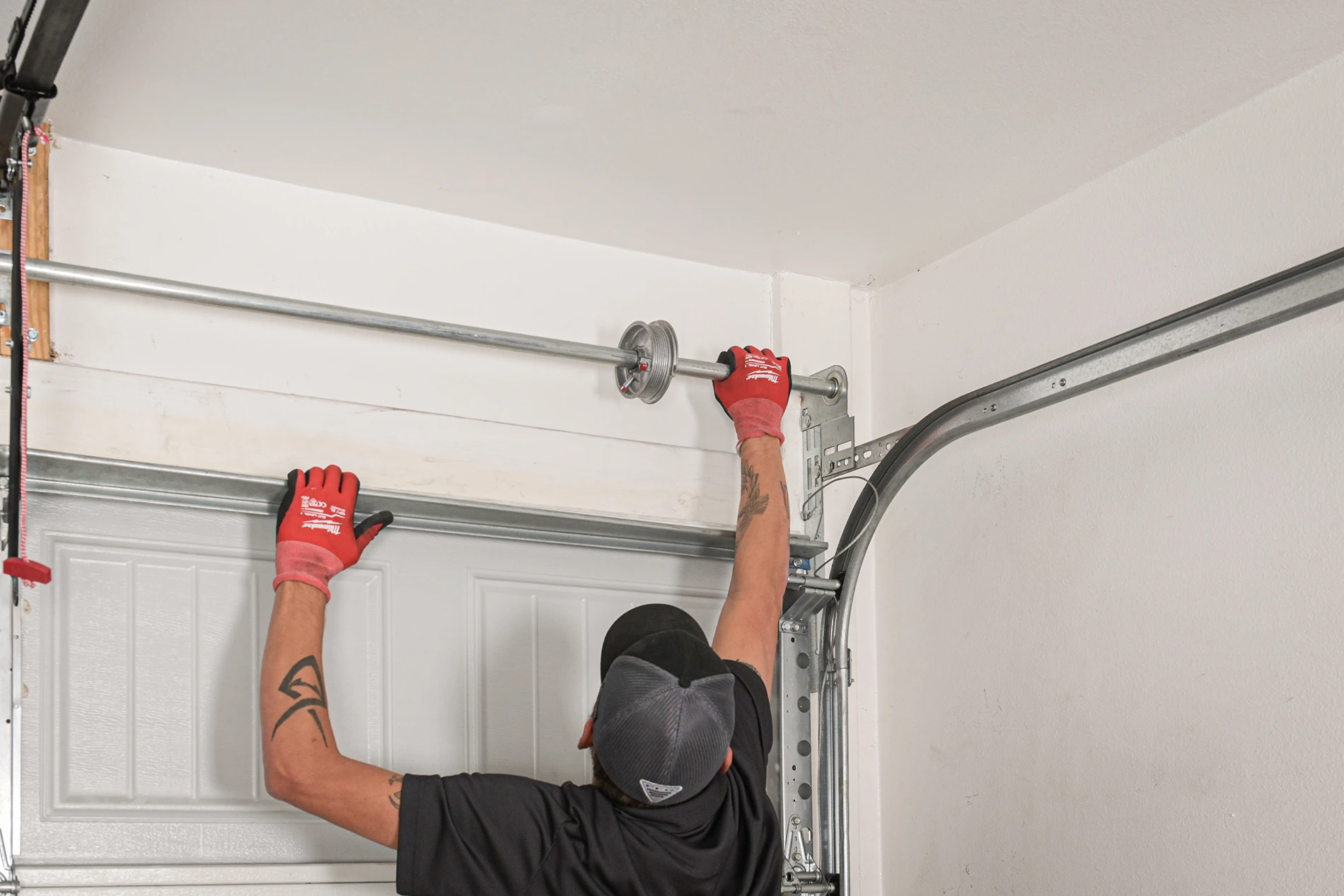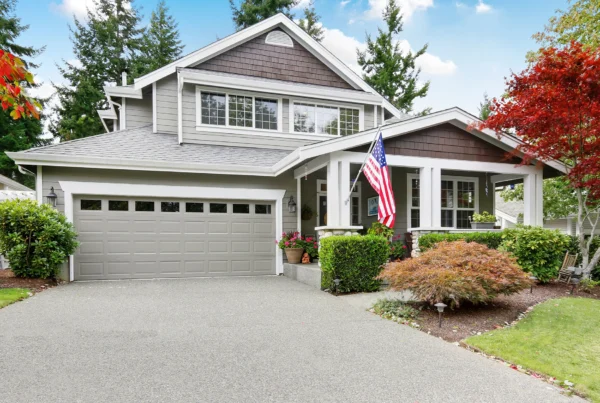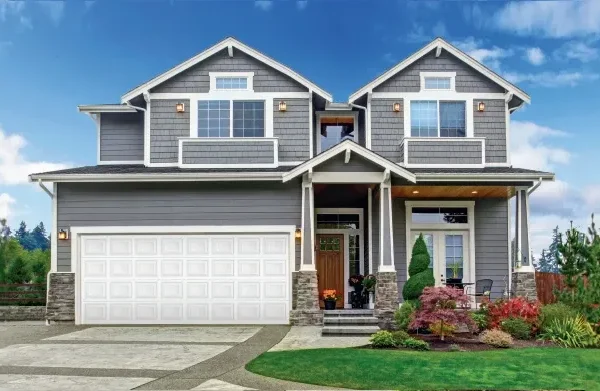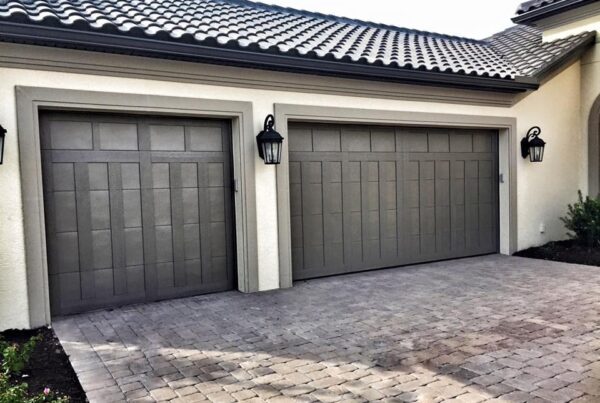We are circling back around on this post with a few more of the most common reasons that your garage door just won’t open when you are heading out and away.
If you missed part one, make sure you give it a gander too!
- Maybe you have a dirty photo-eye. The photo-eye is a small sensor, that hovers four to eight inches above the floor on the inside of the door track to detect objects in the path of the door. If it senses something, it signals the door to stop closing. This is an integral safety feature that prevents the door from closing on pets or small children. But a dirty or even blocked photo-eye can keep the door from moving in either direction. Wipe off the photo-eye with a soft rag, make sure something is not blocking it, and then try to open the door again.
- Does there need to be an adjustment to the door’s pulling force? If your opener is more than five years old, it was most likely programmed with a specific amount of force needed to pull the garage door up. Over time, that amount of force needs to be increased to compensate for damage to the rollers or tracks. This makes it difficult for the opener to lift the door. A nut located on the opener can be turned with a wrench to increase the opener’s pulling power. By increasing the pulling force, the opener may be able to open the door again. Most newer models have done away with the adjustment nut adjust the pulling force automatically. You may want to leave this to the pros on our team.
- Is the door off the track? When a roller on a garage door comes off one of the side tracks, the opener won’t be able to lift the door. This can happen if a track is accidentally struck by a heavy object and bent outward, allowing the door rollers to slip out. You may be able to disconnect the opener manually and raise the door by hand while maneuvering the rollers back into the tracks. It helps to have at least two people to do this. When the door is fully open, use a mallet to lightly tap the bent side of the track back into alignment. The door should then lower easily, and you can reconnect the opener.
- Your door has a broken torsion spring. Most garage doors have a powerful torsion spring located horizontally above the door. As the door is lowered, the spring winds tightly. This creates a pulling force that helps lift the door. Over time, torsion springs wear out and break, making the door too heavy for the opener to raise. We want to highly stress that installing a new torsion spring is a job for a qualified garage door technician! A spring that snaps off during installation can severely injure anyone near the door.
If the remedies we have covered in parts one and two of this blog posts didn’t fix the door, it’s time to call the garage door repair team here at Lodi Garage Doors and More.
Please give us a call! We would be happy to help troubleshoot or schedule a technician to help fix the problem.
602-269-0888



